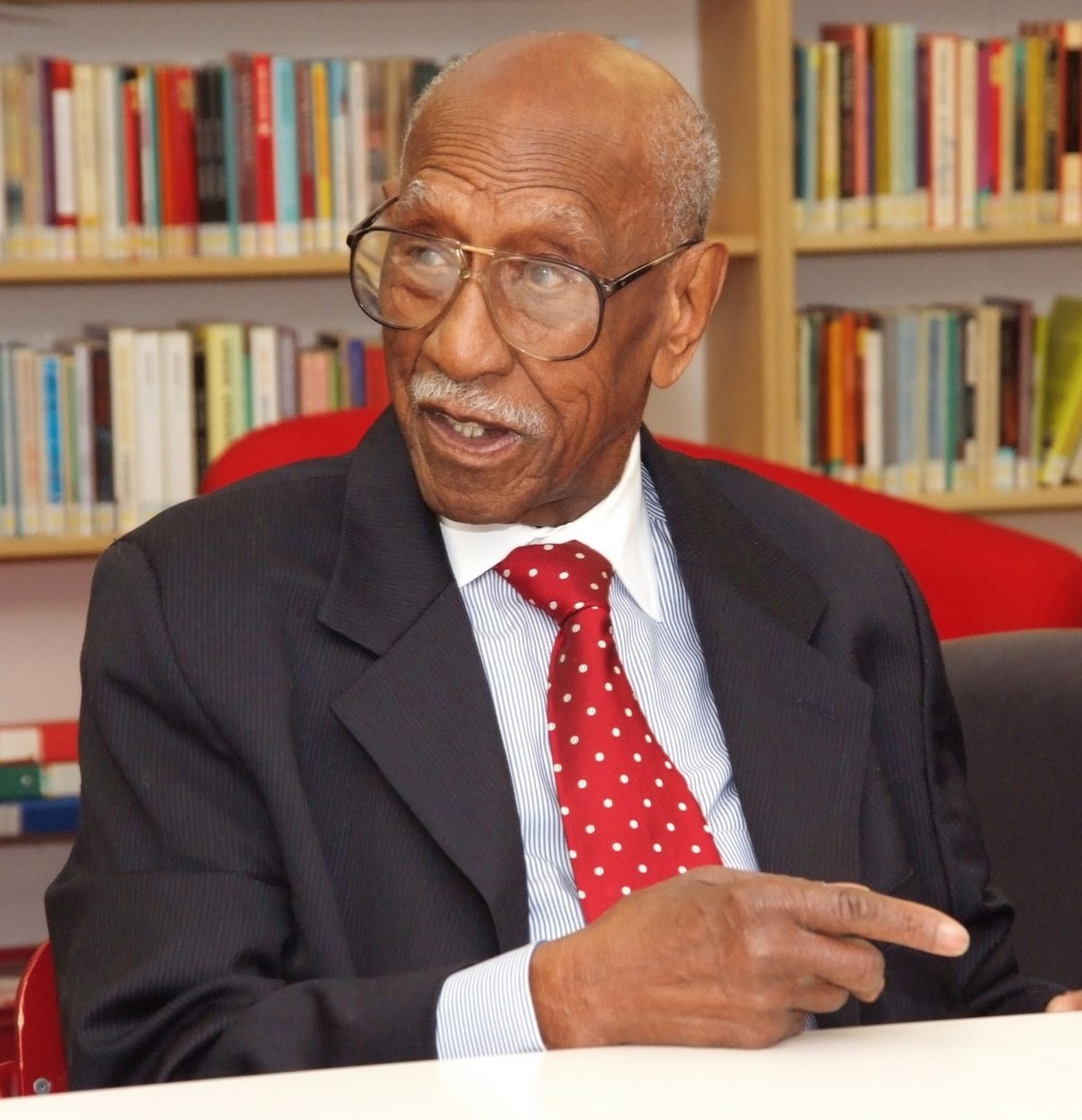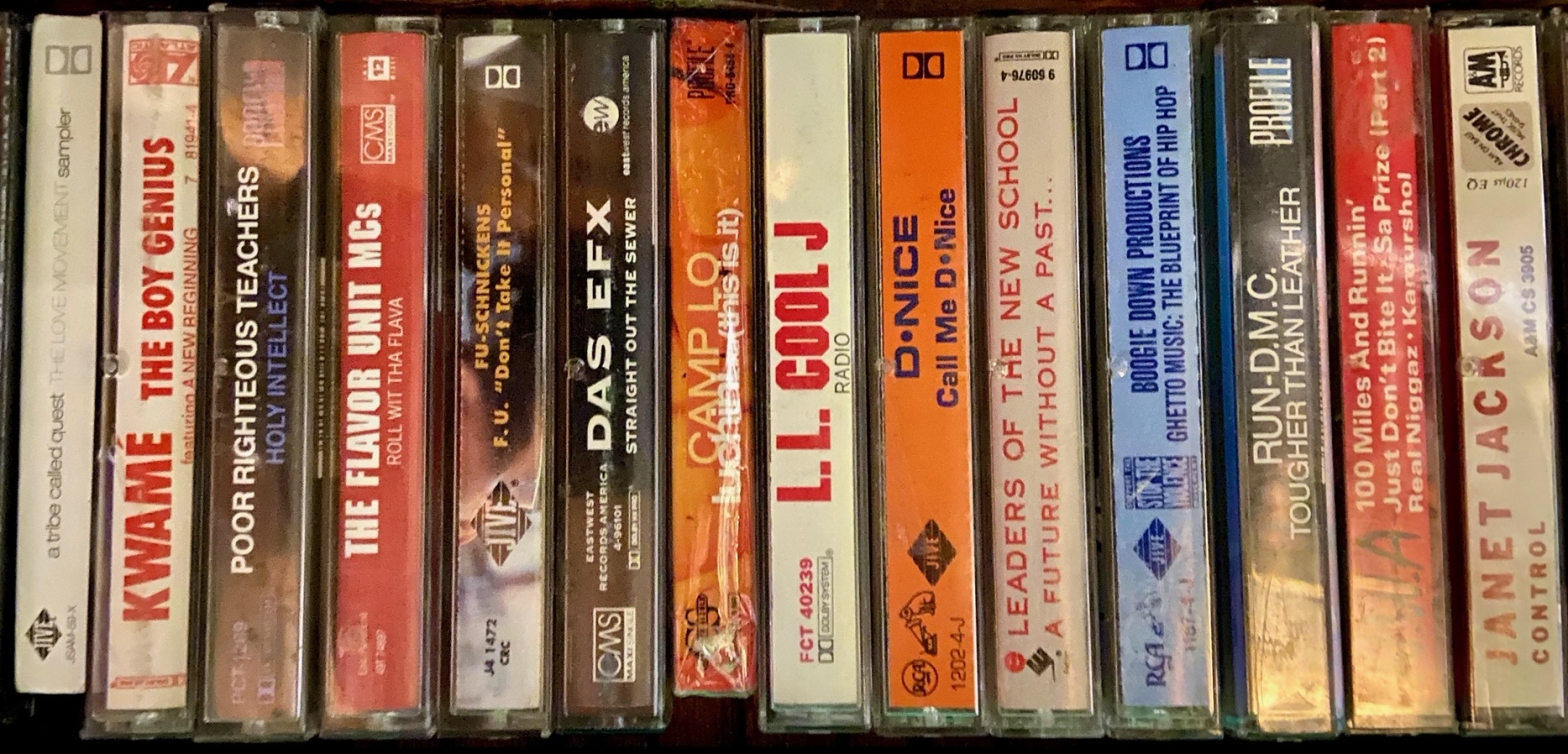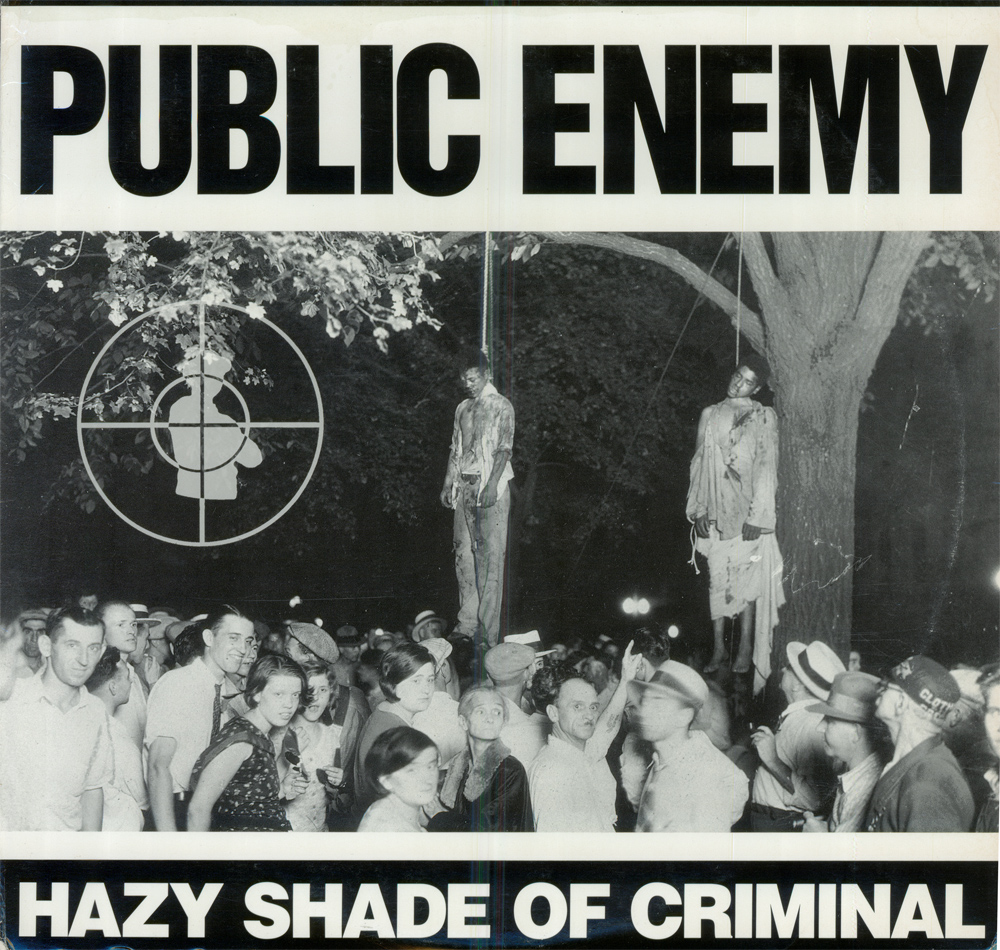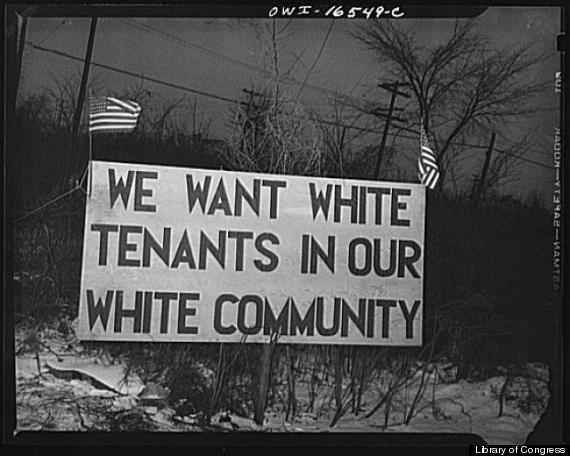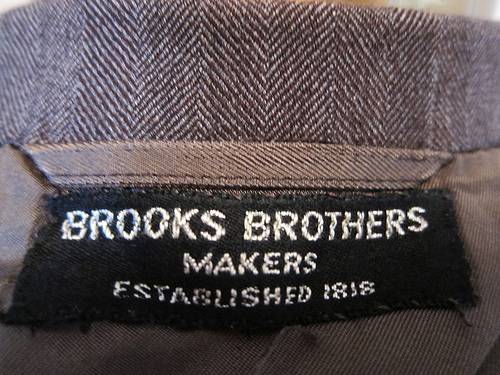Following the Brexit referendum, Andy Haldane, Chief Economist at The Bank of England set about touring the UK in a series of forums and town halls in places where regular people often omitted from policy debates live. He realized that even a monetary institution mostly occupied with keeping prices stable and the banking system robustContinue reading “Community Engagement and Trust in the EU – Learning How to be Free”
Author Archives: Kelwin Harris
Dr. Tim Black – Chicago Oral History Recording
This is a lecture by Dr. Timuel Black that I recorded in Chicago on my iPhone on Feb. 9, 2019. He was 101 years old. Dr. Black was a Chicago civic leader, organizer, and scholar who shared his wisdom publicly until the end of his life. In this lecture, he illuminates life in the shadowsContinue reading “Dr. Tim Black – Chicago Oral History Recording”
A Demo Tape and a White Bronco – Hip Hop: I Still Love H.E.R.
After recently writing about how Hip Hop music got us through the Covid-19 pandemic, I dug deep into my own crates for this next one. I was a Chicago rapper in the 90s (the golden age of Hip Hop), fully immersed in the culture – with a knapsack on my back, shell-toe Adidas on myContinue reading “A Demo Tape and a White Bronco – Hip Hop: I Still Love H.E.R.”
How Hip Hop and Soul Music turned a Pandemic into a Soundtrack
With the recent passing of the rapper DMX, I reflected on how the pandemic brought new attention to the importance of music to get people through tough times. I recently spoke with El Da Sensei of the 90s Hip Hop group, Artifacts. I asked him what he thinks about the state of Hip Hop today. He told me simply,Continue reading “How Hip Hop and Soul Music turned a Pandemic into a Soundtrack”
“My Country”: The Creation of a White Aesthetic in American Children’s Books and Curtis Mayfield’s Response
Much controversy has been raised over the recent decision by Dr. Seuss Enterprises to discontinue publishing 6 of its books due to racist representations. I applaud their reevaluation of the content and commend them for taking action. Some however feel that this a part of an overblown “cancel culture” or obsession with race. I reflectedContinue reading ““My Country”: The Creation of a White Aesthetic in American Children’s Books and Curtis Mayfield’s Response”
My Case for Reparations: Decoding the Matrix
In her book Caste, Isabel Wilkerson describes this structure as a matrix or – artificial intelligence – a pre-programmed code that’s always at work in the background advantaging White people and steering resources away from Blacks. She describes this invisible mainframe as “a puppet master unseen by those whose subconscious it directs, its instructions an intravenous drip to the mind, caste in the guise of normalcy, injustice looking just, atrocities looking unavoidable to keep the machinery humming, the matrix…a facsimile for life itself.
Making the Ghetto Part 3 – Perceptions and responses to the “invasion” of Blacks in cities
Racial zoning and other tactics devised to exclude Blacks stem from the same cause: White superiority. Whites viewed Blacks as inferior and unfit to live together in the same community. Douglas S. Massey & Nancy A Denton explain in American Apartheid, “Middle-class whites were repelled by what they saw as uncouth manners, unclean habits, slothfulContinue reading “Making the Ghetto Part 3 – Perceptions and responses to the “invasion” of Blacks in cities”
Making the Ghetto Part 2 – Fear of “a colored man of means”: Strategies to Defend Housing Segregation in the North
Although Whites homeowners in the North used numerous organized methods to block the so-called assault by Blacks on their communities; organized resistance and violence were especially favored tactics. Between 1917 and 1921, there were 58 firebombing incidents. Many occurred during the summer of 1919 and several more continued for the next several decades in places like,Continue reading “Making the Ghetto Part 2 – Fear of “a colored man of means”: Strategies to Defend Housing Segregation in the North”
Making the Ghetto Part 1 – Ghetto Code: Racial Zoning and Spatial Isolation in American Cities
In far too many cases, zoning is being used to protect the narrow self-interest of a particular community without regard to the health, safety, and welfare of the community and the nation as a whole. 1971 U.S. Commission on Civil Rights excerpt (Keeanga-Yahmahtta Taylor, Race for Profit: How Banks and the Real Estate Industry UnderminedContinue reading “Making the Ghetto Part 1 – Ghetto Code: Racial Zoning and Spatial Isolation in American Cities”
Peacemaking: Stories from the front lines of violence intervention in Chicago
The following are stories I compiled of three young Black men in a violence intervention program called Peacemakers. I spent the summer of 2014 working with them at St. Sabina Church on Chicago’s South Side. Some of these young men were former gang members who turned their lives around to become positive role models and disrupt the trauma that they were once a part of.
The Ancestors I Found Hanging in My Closet
With the recent reevaluation of racist images throughout American culture, from confederate statues to Aunt Jemina syrup and Uncle Ben’s rice, I took a look in my own closet to see what racist ghosts might still live. When I first graduated from college and got my first real job in Chicago, I set out to establish a professional business wardrobe. Like most young professionals, I wanted something that would set me apart with a certain sense of style. I thought — what’s more stylish than Brooks Brothers. The oldest clothing brand in the United States that’s outfitted presidents (Lincoln wore a Brooks Brothers suit to Ford Theatre the night he was assassinated and Barack Obama frequently stepped out in their brand – Figure 1). Brooks Brothers defined the look of diplomats and millionaires for generations, so of course I wanted that look. I later found however that the ageless style I was seeking was built on another tradition in American vogue — racism and slavery.
Hidden in Plain Sight – The Cook County property tax system and racial equity
“Some of the ‘educated’ Negroes do not pay attention to such important matters as the assessment of property and the collection of taxes, and they do not inform themselves as to how these things are worked out.” – Carter G. Woodson, The Mis-Education of the Negro “…reorganizing the tax systems in the counties…that kind ofContinue reading “Hidden in Plain Sight – The Cook County property tax system and racial equity”
